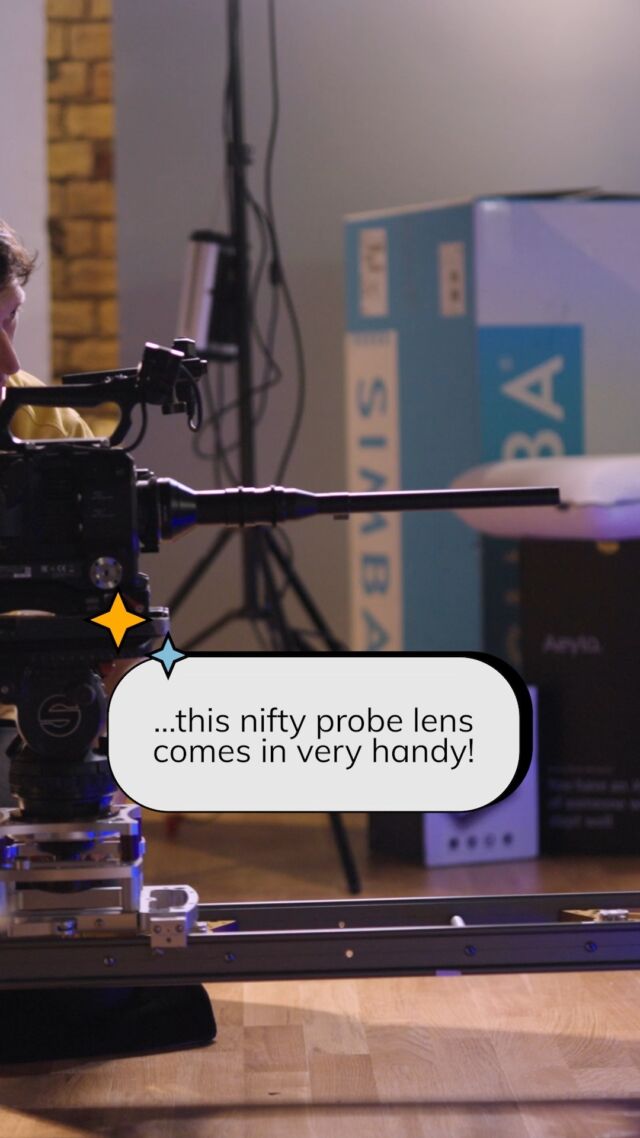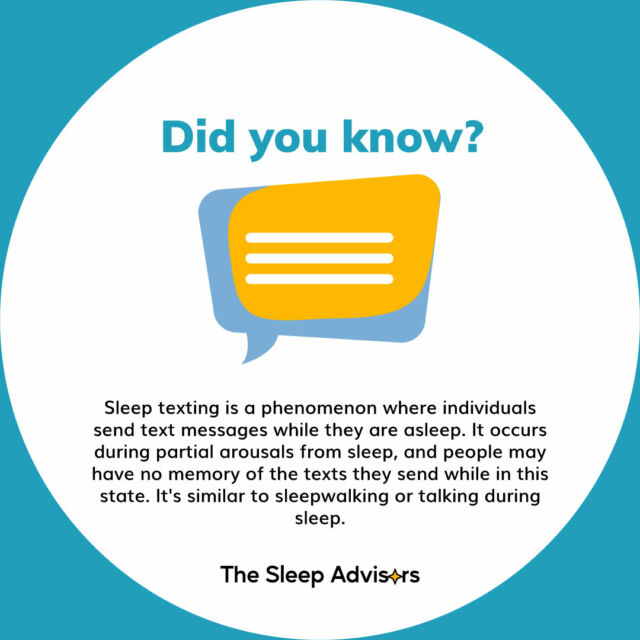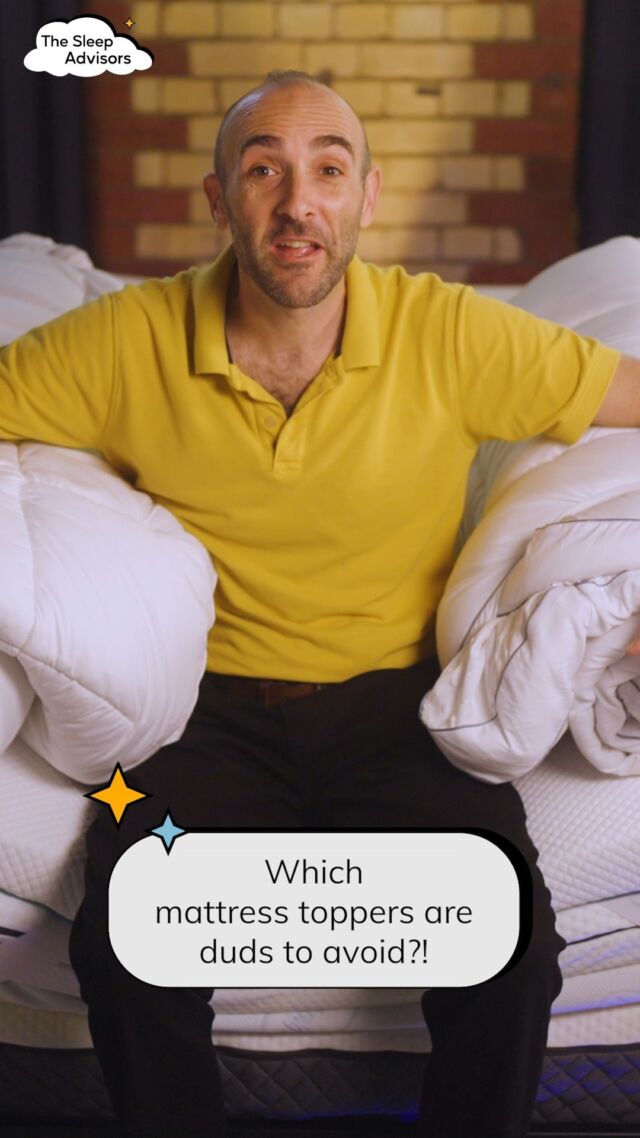What are you implying?
Blue light is a High Energy Visible (HEV) light wave that can flicker a lot more easily than longer light waves, red for example. This flickering can cause a reduction in contrast and negatively affect the clarity of vision. This leads to eyestrain, headaches and physical/mental fatigue when spending many hours consistently in front of a digital screen.
Our eyes provide insufficient protection from the blue rays emitted from the sun. Their job is even harder when we add electronic devices or colored light bulbs to the equation. Lengthy exposure to blue light can cause retinal damage and even contribute to degenerative diseases like cataract. The end result to these diseases is usually loss of vision, something that should definitely be avoided.

Impacts of blue light on the body
Blue light is there to keep us aware and in the mood, however chronic exposure via digital devices can create reactions that are negative to the body. The one affecting sleep the most is the reduction of melatonin (sleep regulating hormone) which subsequently disrupts the circadian rhythm.
Why does exposure to blue light impact us in such a negative way? Researchers don’t have a concrete answer yet, but it is known that when the body is exposed to light – melatonin secretion is inhibited thus causing all the health problems due to that fact. Doctors have linked several kinds of cancer (breast, prostate), heart diseases, elevated risks for depression and obesity to low melatonin.

Flux is a software you should definitely try
Flux is software that can filter the amount of blue light that gets emitted via the digital screen. By analyzing the current time of day and applying such information to light filtering, flux can brighten your screen with blue light during the day and block it out during the night. This isn’t a perfect solution, but it drastically lowers the blue light exposure that we wish to avoid at night, before going to sleep.
Other solutions with similar results come from filters built into modern monitors and displays. Blue light filters are becoming a standard in most monitors aged a couple of years. Some of these filters can even add to the quality of the viewing experience, making the light a lot less strenuous to the eyes.

Conclusion
Blue light isn’t something that we should avoid at all costs. It gives us alertness during the day which is necessary for survival. The problems arise when it is present while we are close to bedtime. It can reduce the sleep regulating hormone, causing health problems and irregularities within sleeping patterns.
Solutions exist and the most common one is just to avoid using digital devices in any capacity for at least 30 minutes to an hour before going to sleep. Solutions like flux or monitor filters are a great way to compromise while taking the best out of both worlds. The grim reality is that most of us have jobs that force us to work in large capacities in front of digital screens. Changing that won’t be easy so the best we can do is adapt the best way we can.
















There are no comments yet
"*" indicates required fields